Colombia: Caños Cristales (La Macarena)
Публикувано: 24.08.2017
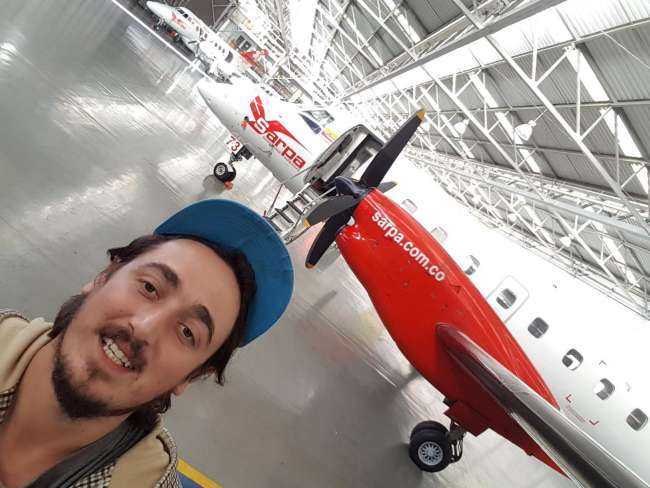
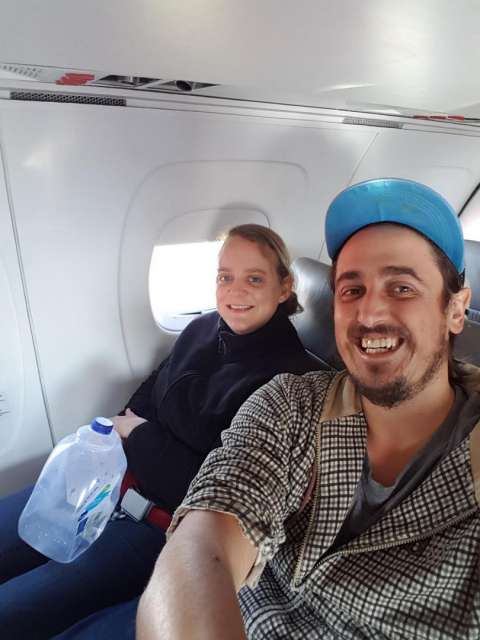
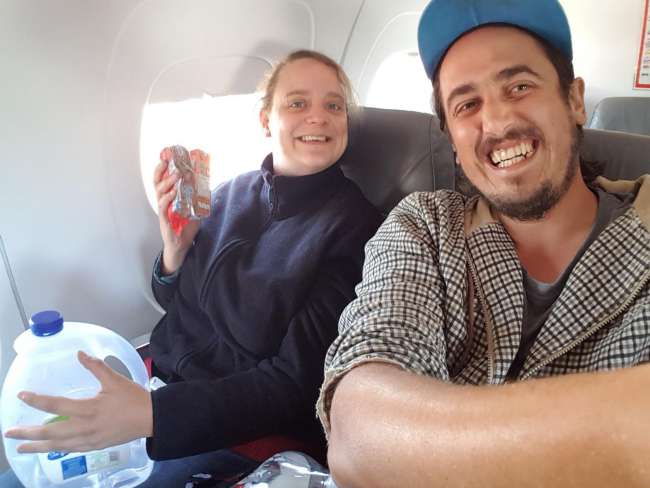
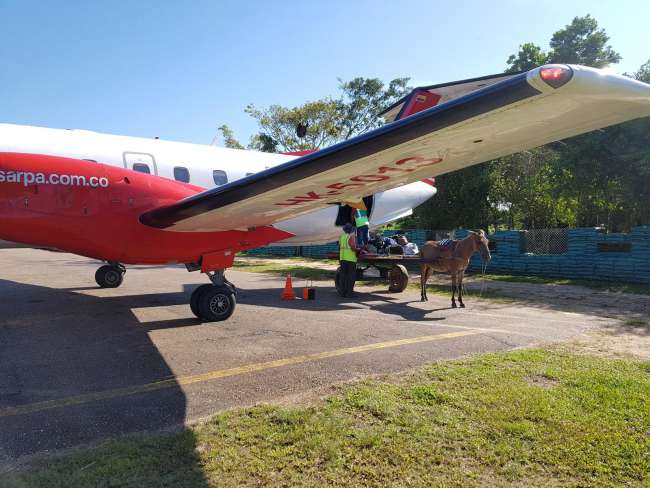
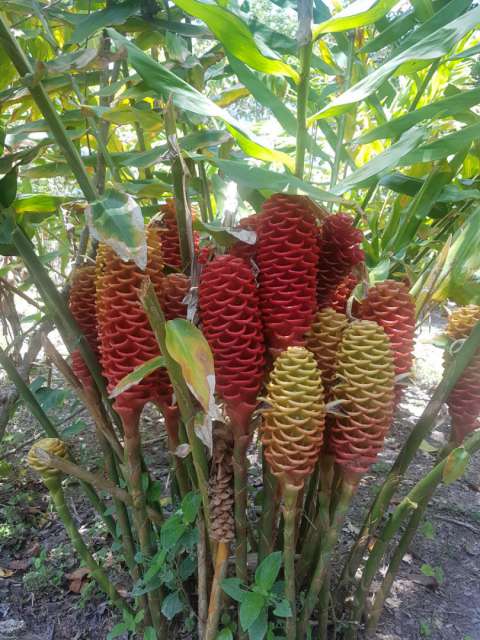
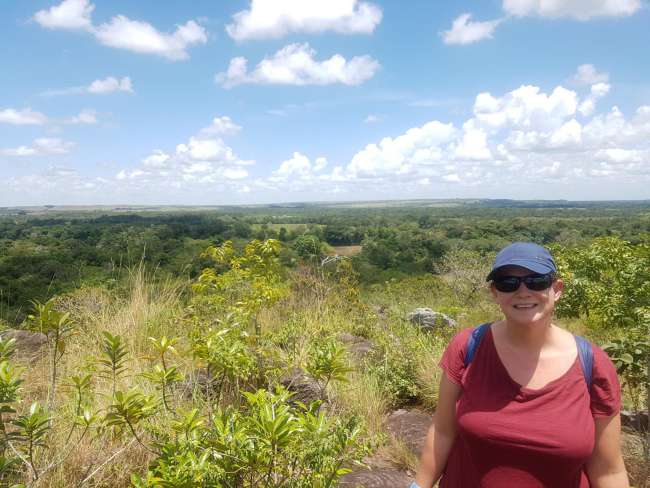
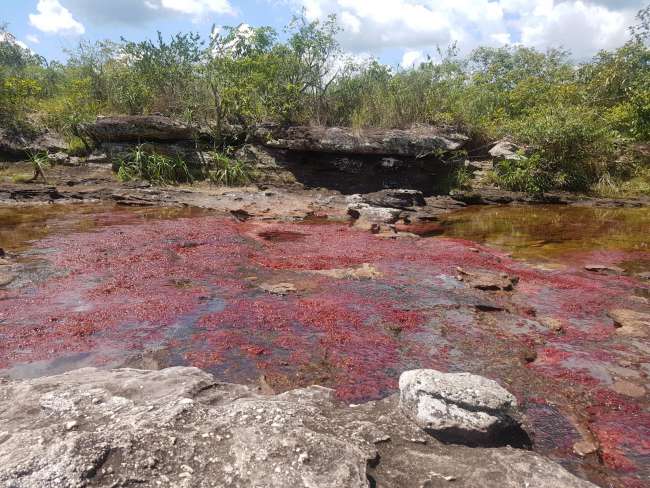
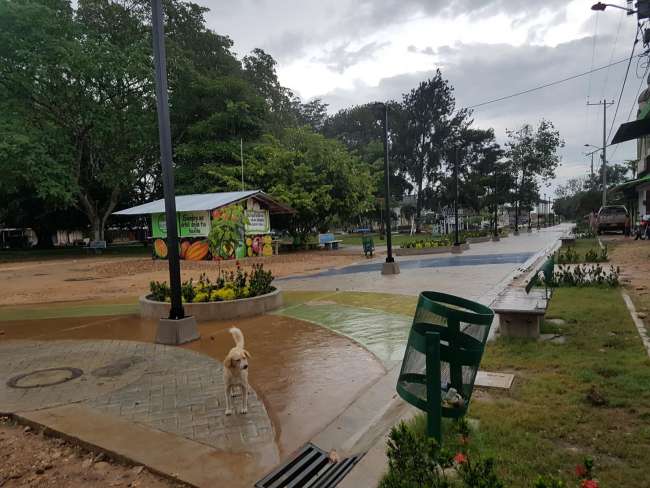
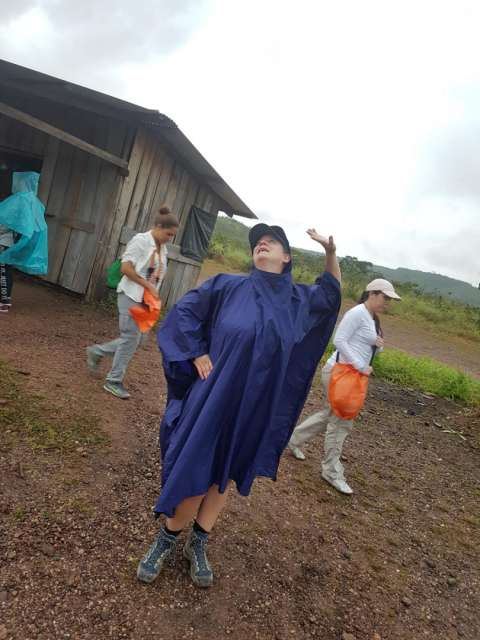
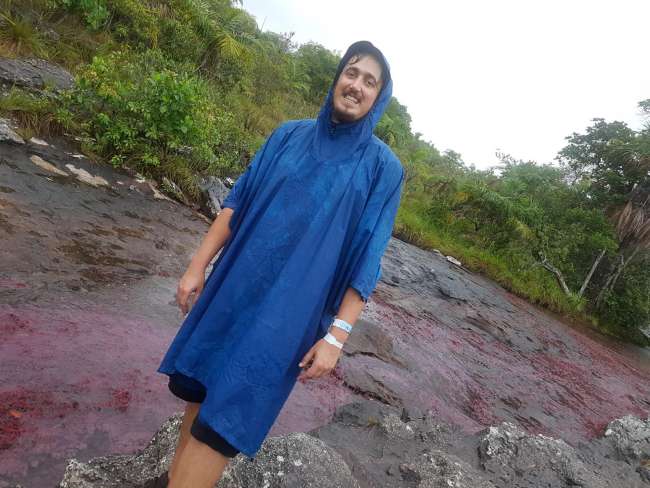
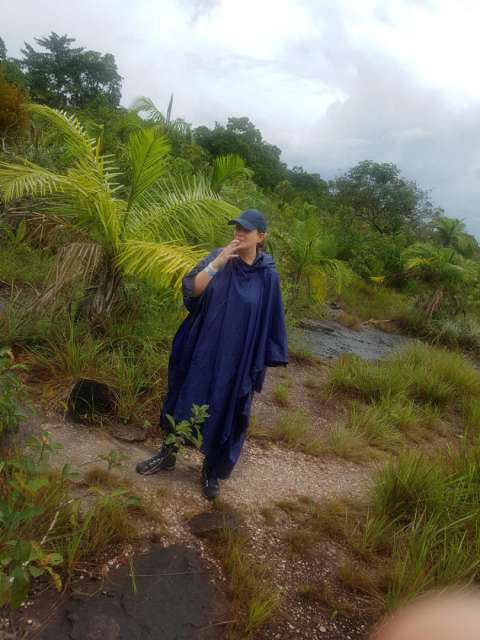
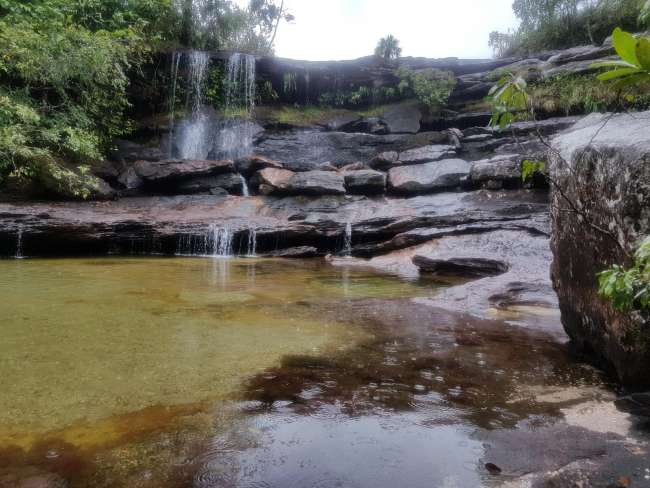
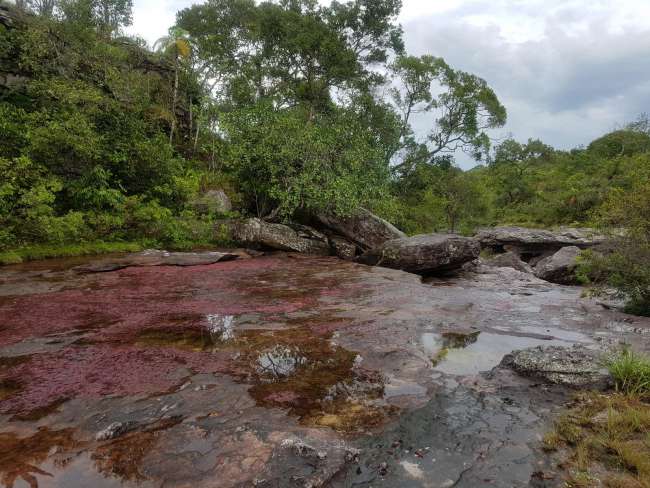
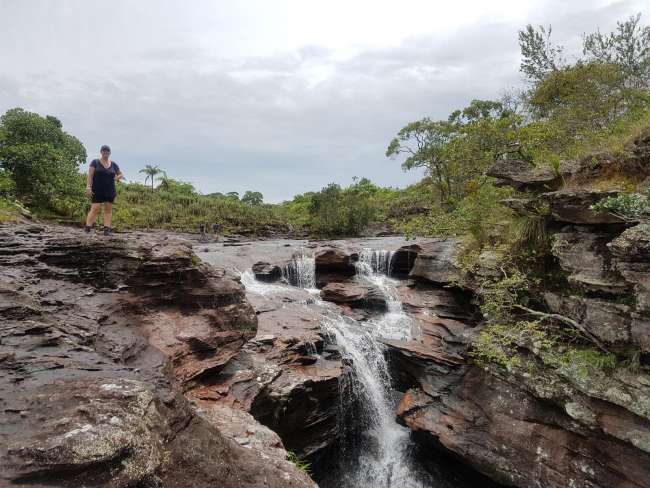
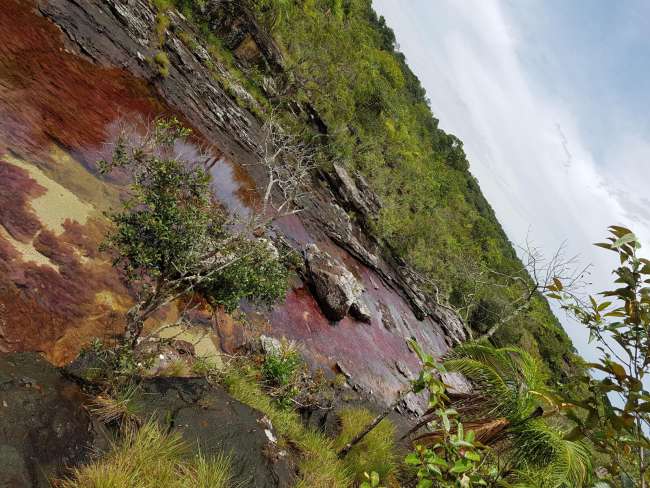
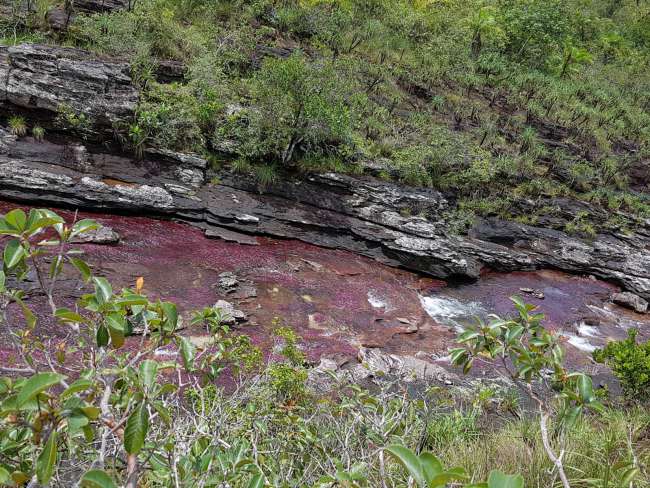
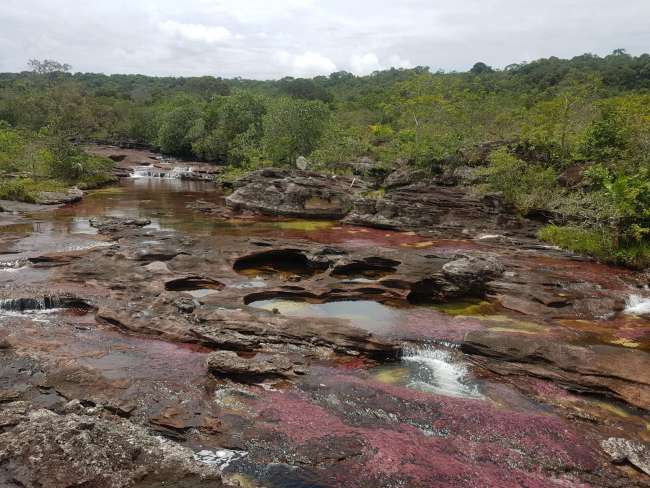
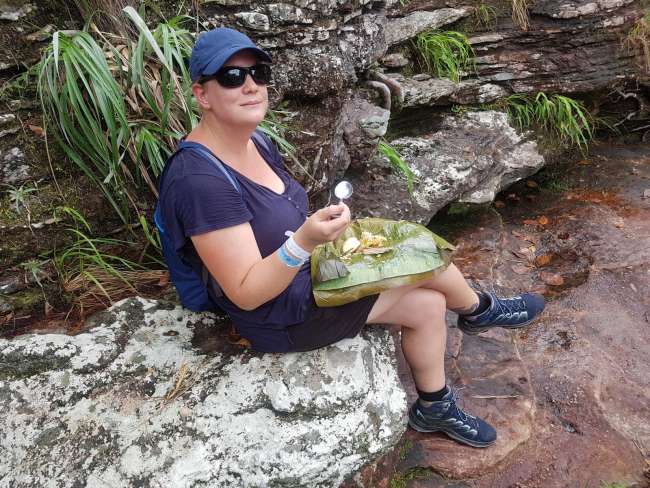
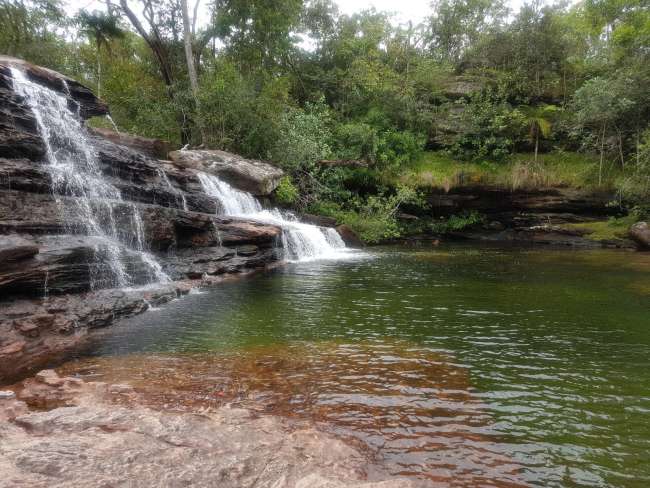
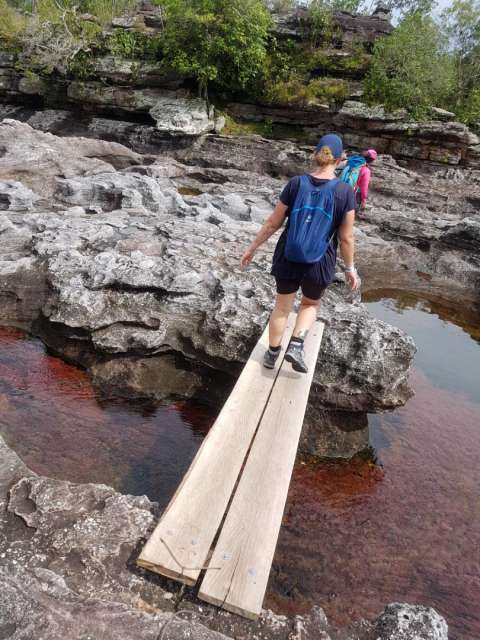
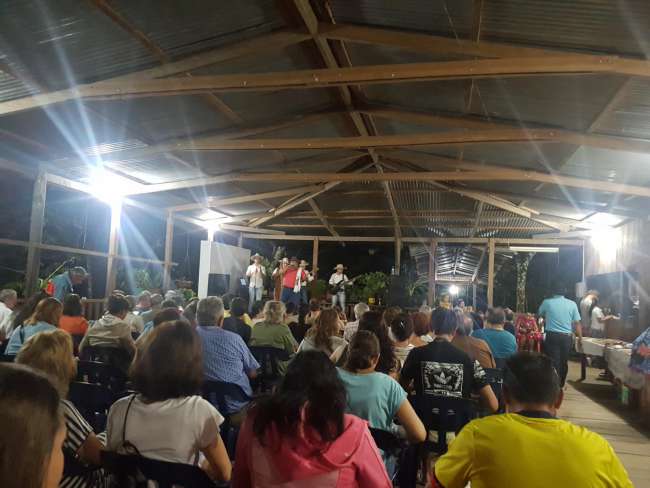
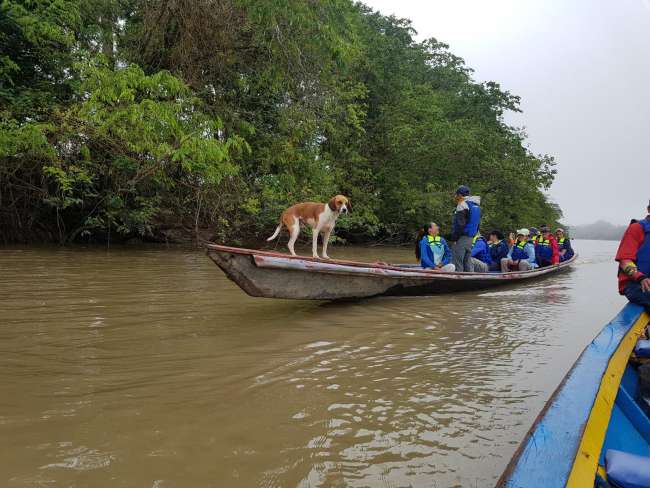
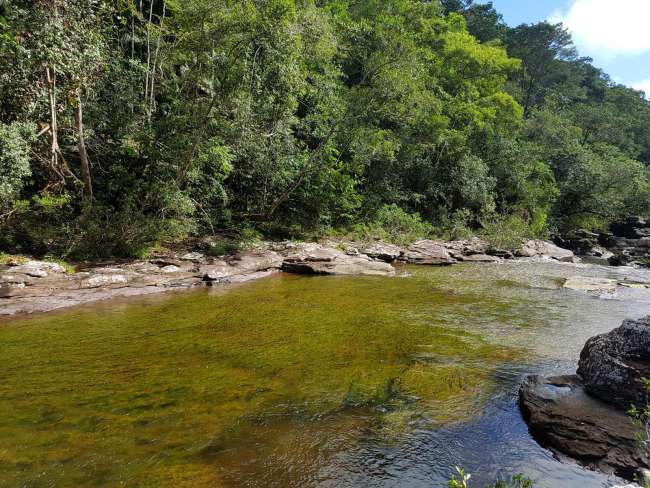
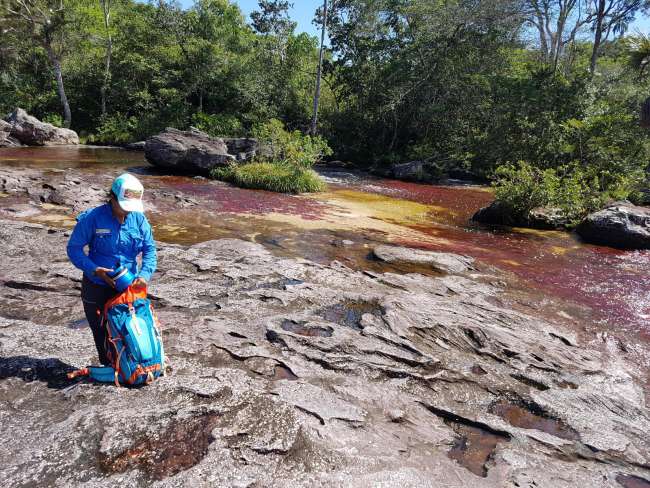
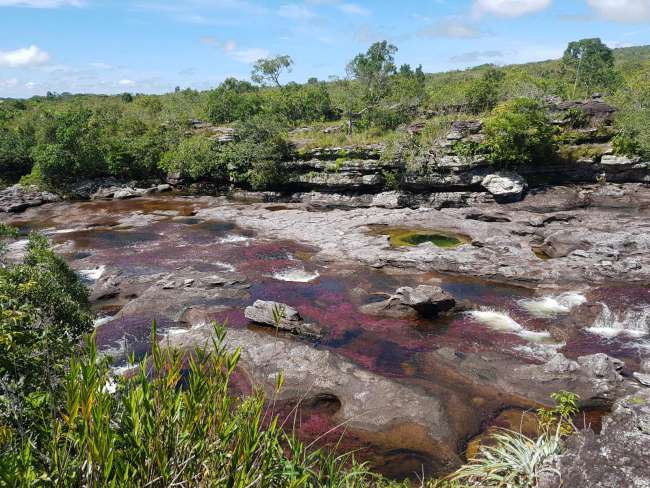
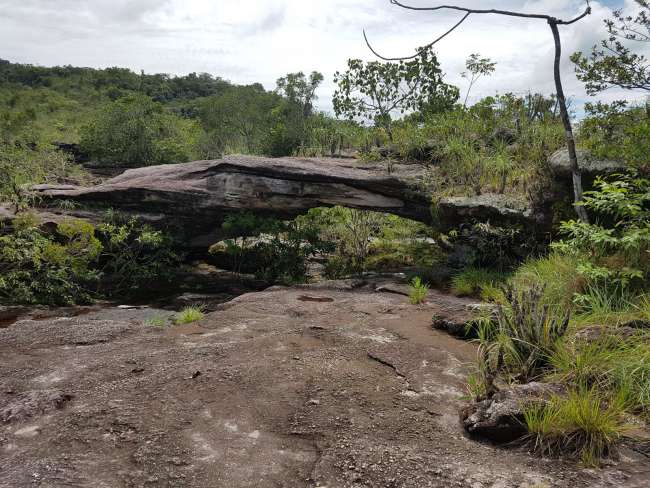
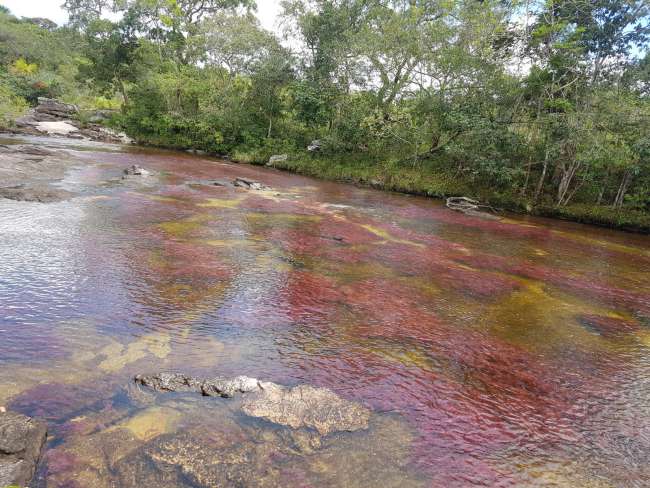
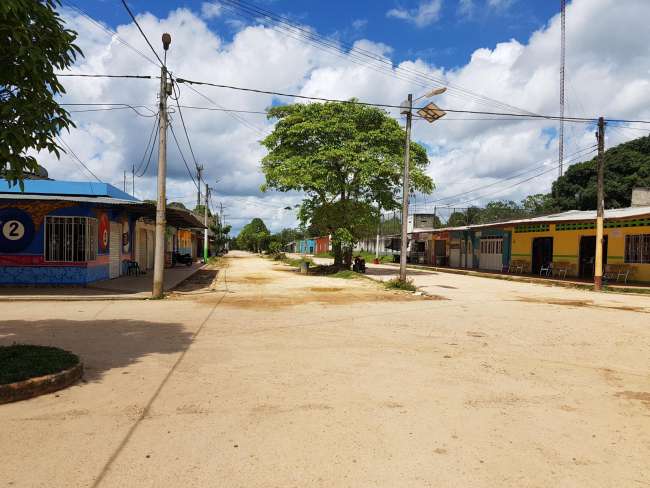
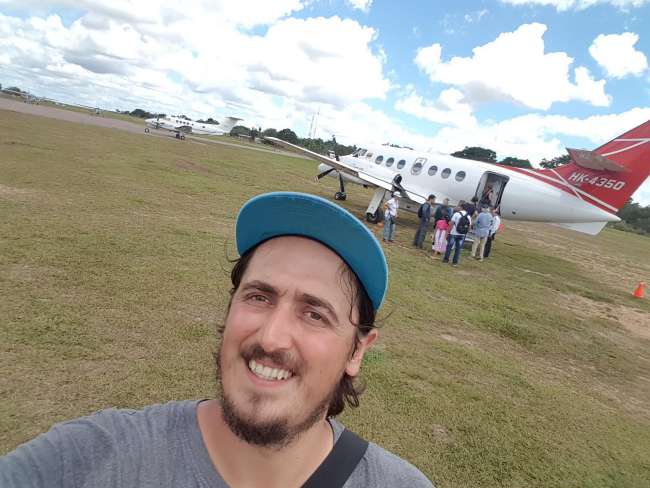
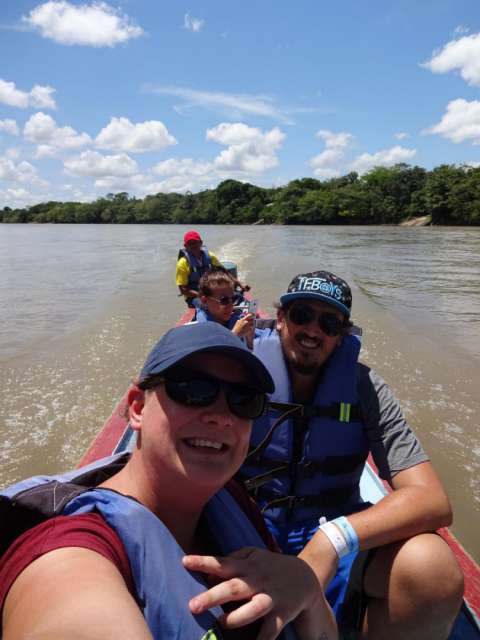
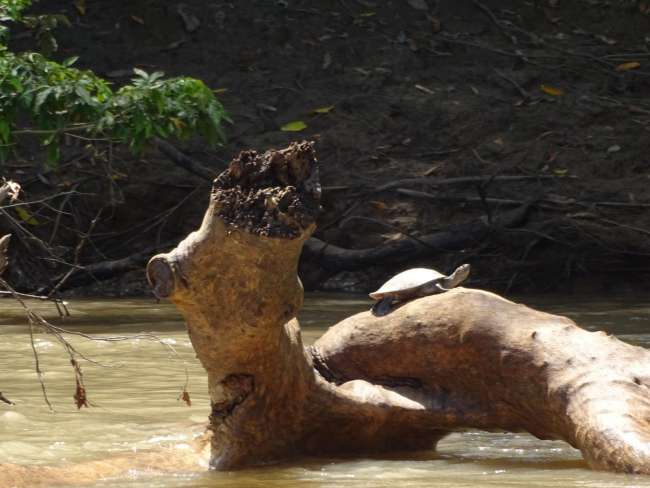
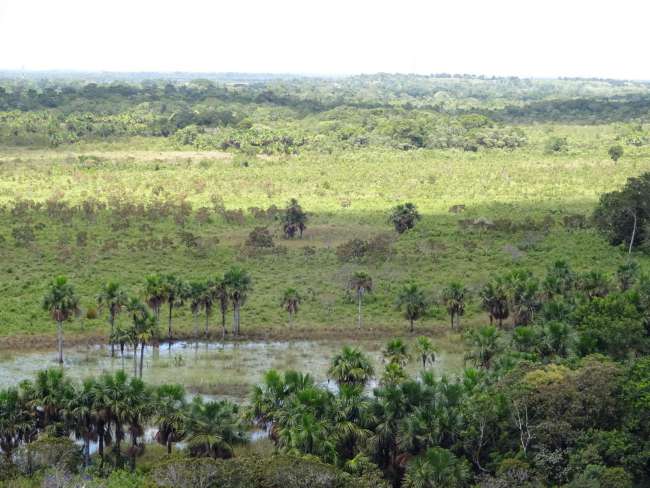
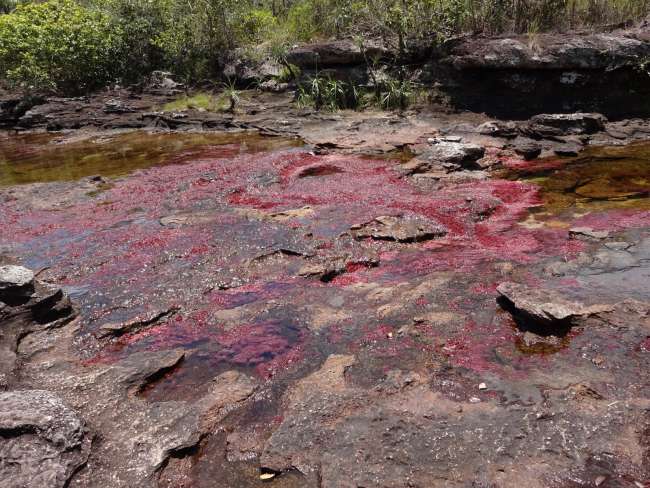
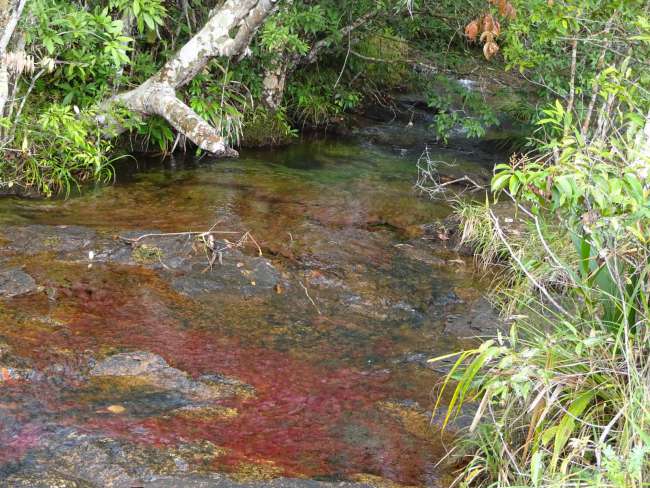
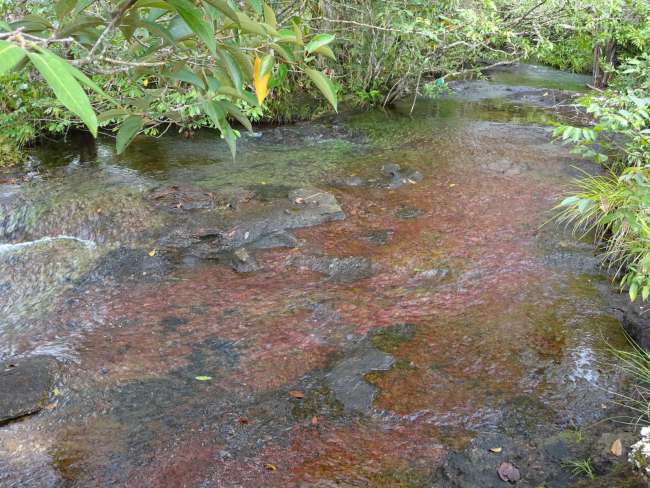
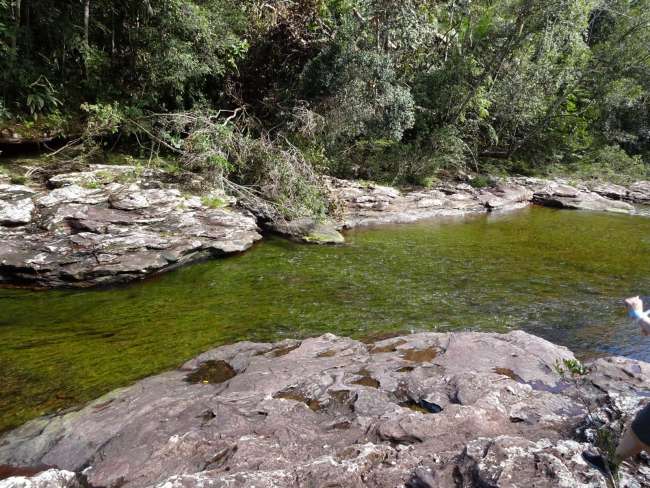
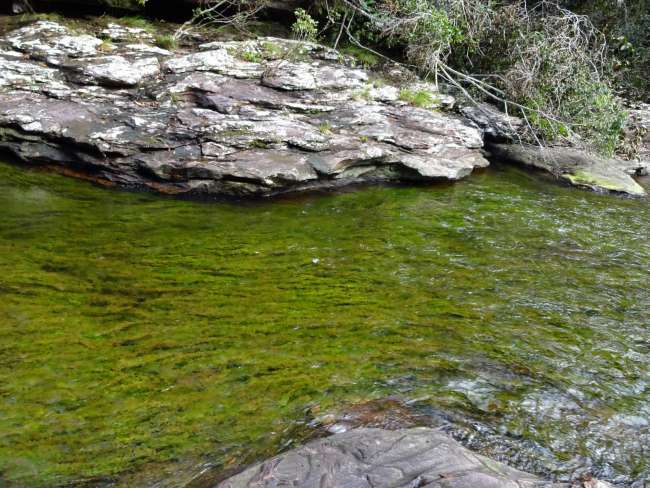
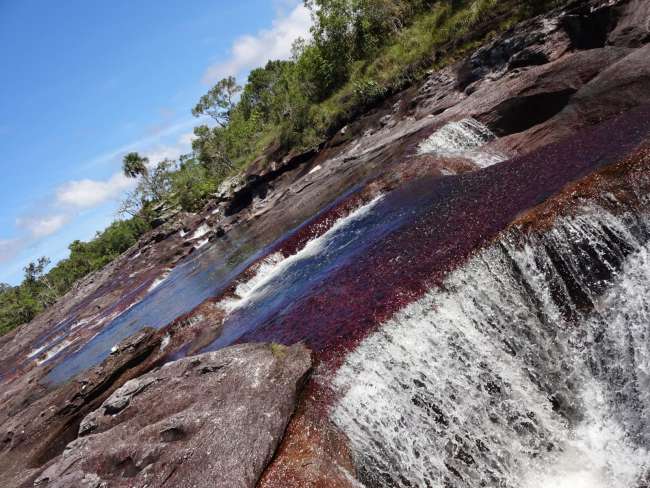
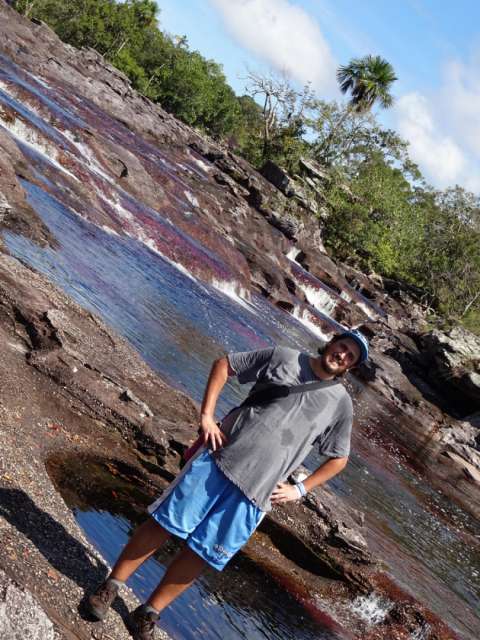
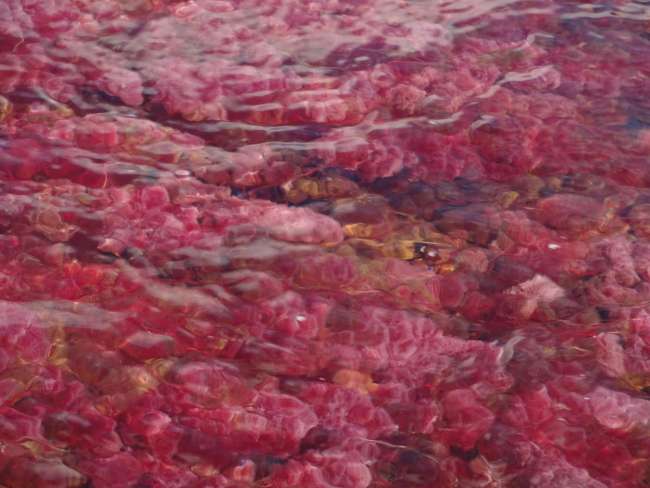
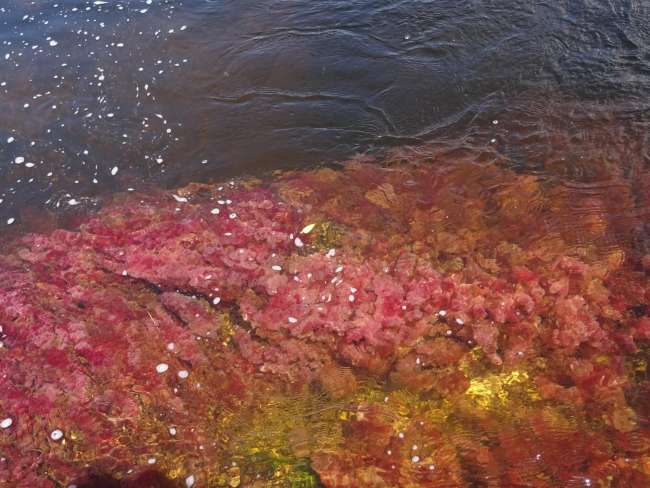
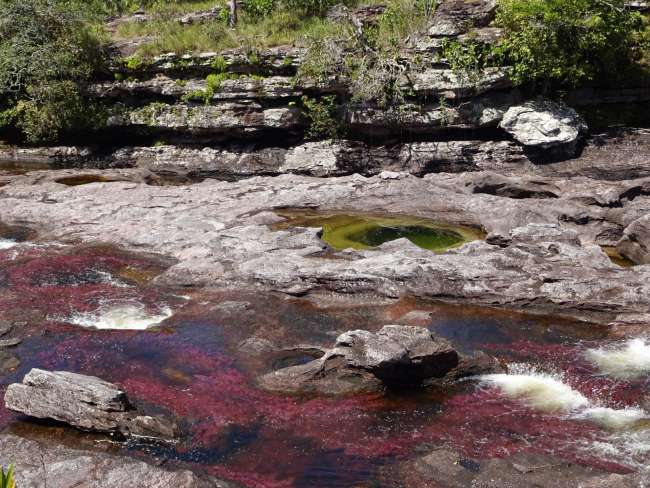
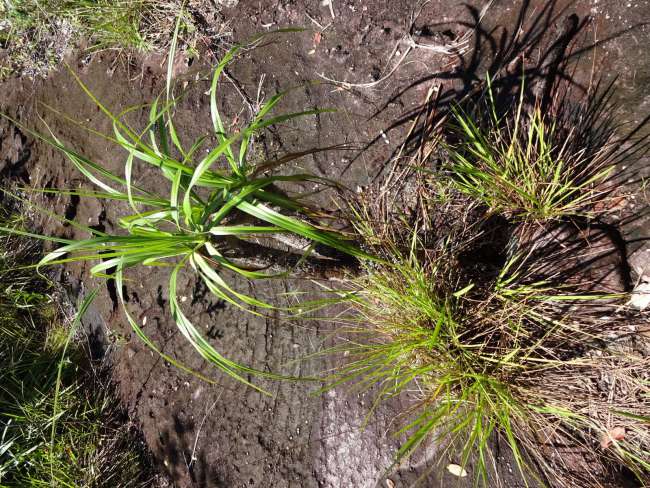
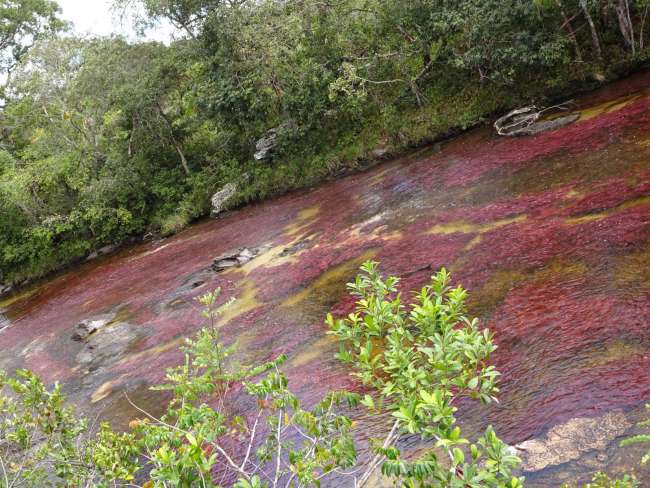
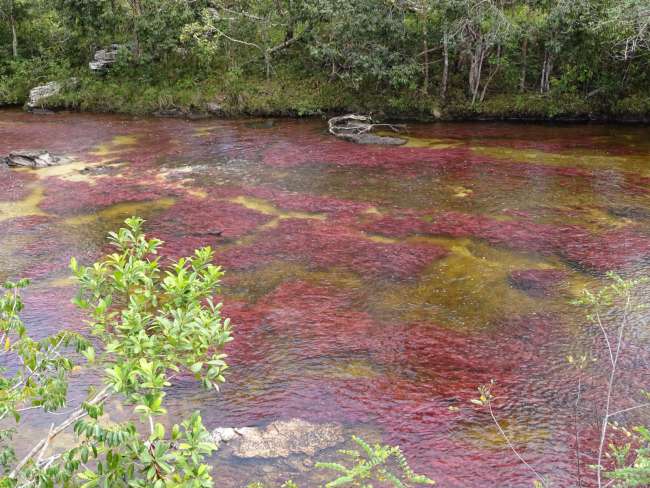
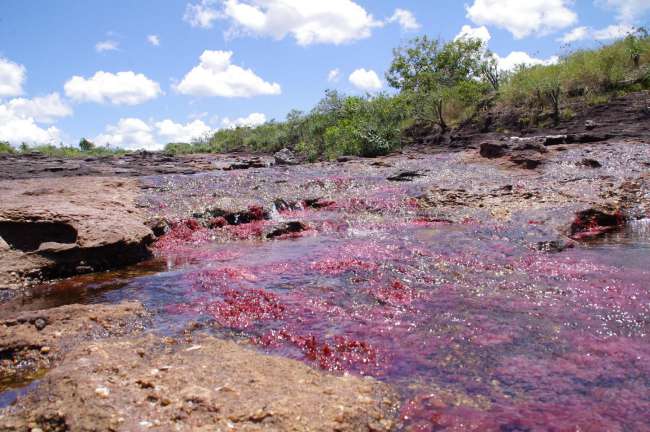
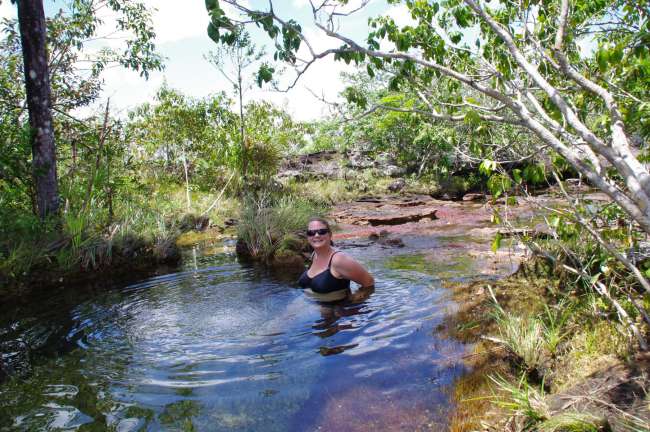
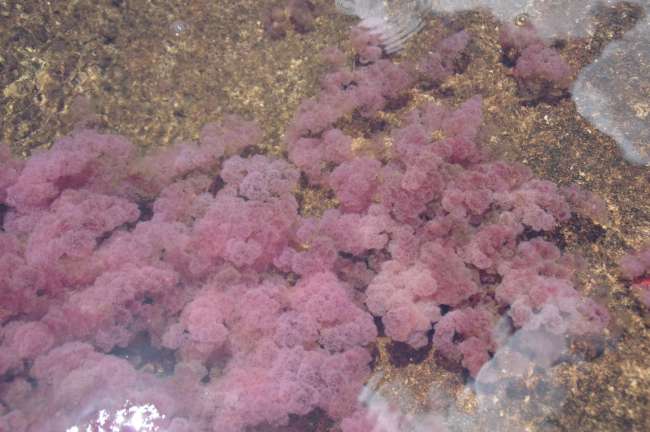
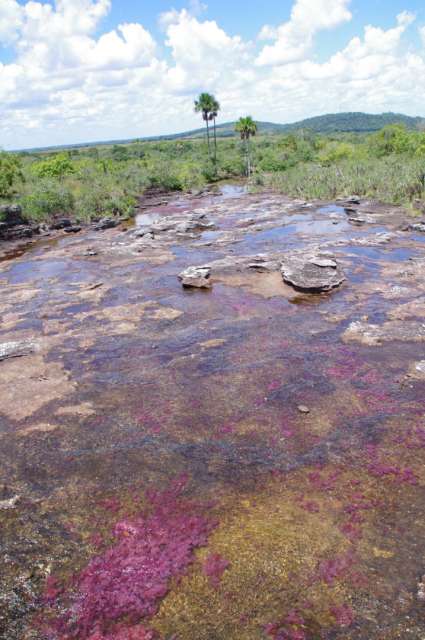
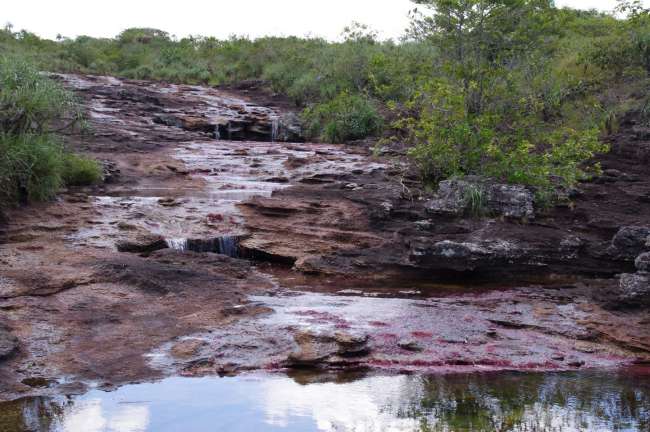
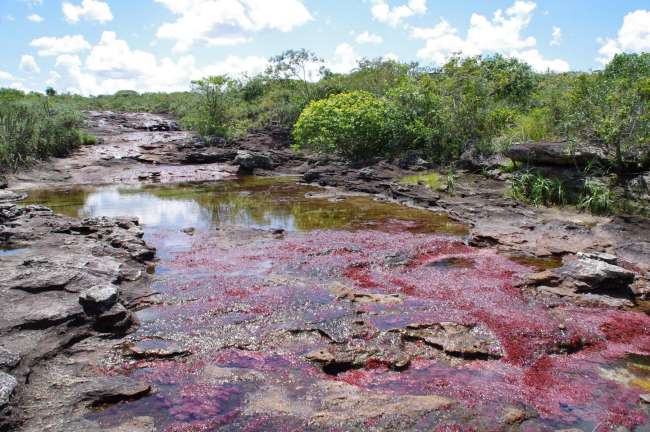
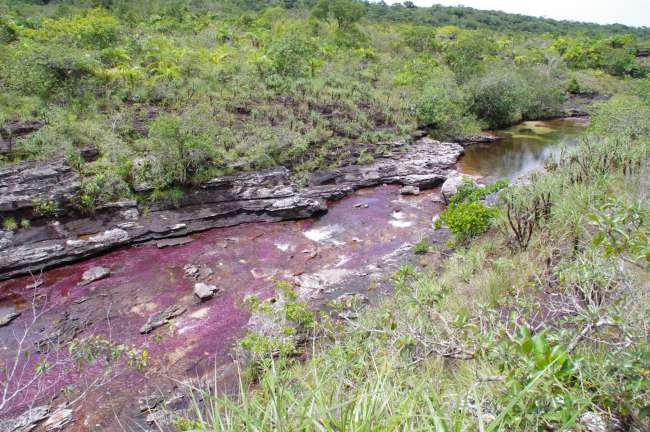
Абонирайте се за бюлетин
We thought long and hard about whether or not to go to Caños Cristales. Mainly because it is relatively expensive. We paid around 550 francs per person for the flight, 2 nights, and the tours.
In the end, we decided to go because it is a unique natural spectacle, and we were lucky to be here at the right time of year.
Caños Cristales is a river that is also known as the “Five Colors River” or the “Liquid Rainbow.” It is a fascinating natural wonder, where the river valley turns red in an amazing way between July and November. The cause of this unique phenomenon is algae in the riverbed that multiply explosively. We saw pictures online, and it looked really stunning. So off we went to La Macarena.
The La Macarena region was occupied by guerrillas for many decades and could not be visited. Today, the situation is still difficult. For example, we wanted to travel from Caños Cristales to San Agustin, a relatively short distance, but apparently it is impossible to leave La Macarena by land. This is partly for security reasons and partly because there are no usable roads. Theoretically, there is a connection from Bogota and back by land, but it is incredibly cumbersome and time-consuming. The only practical way is to fly from Bogota.
The meeting point was at 5 am at Bogota Airport on the first day. Since this is not Jörg's and my favorite time of day, we had booked a hotel near the airport. Good choice. When the group was together, we were loaded onto a bus and driven to a satellite terminal, from where the charter flights departed. There we were told that the La Macarena airport was currently closed and we had to wait. So we waited for about 2.5 hours until we finally took off. We flew in a small plane with about 30 seats. Since it was a charter flight, there were no major security procedures, and we could easily board the plane with a 5-liter water canister. But what I remember best is the flight attendant. She was sitting in a row behind us, we had been given seats by the emergency exit in the second-to-last row. During takeoff, she took selfies with her phone and then had an animated phone conversation. Then she fell asleep. The pilots tried to reach her several times over the onboard radio, we heard the beeping sound and saw the pilots waving, as the cockpit door was open, but the good lady didn't notice any of it. Jörg eventually woke her up, and she hurried into the cockpit. By this time, it was too late for onboard service, we were already on the approach (the flight lasted only about 1.5 hours). So she hastily handed us the juice and piece of cake before we got off the plane. I already saw the luggage cart approaching through the airplane window. It was a donkey with a cart. Wonderful.
After paying the national park fees, we were divided into groups and then went to the hotel to leave our luggage and change clothes. In our group, there was a solo young Frenchwoman, another French couple (who were constantly making out), and an American woman. Then we set off on our first hike. Yes, we had to walk again. However, the region is mostly flat with a few small hills, and the pace was much slower than on our trek to Ciudad Perdida. Along the way, we actually had time to see things and take some photos. On the first day, we only walked about 40 minutes to a small river branch where we saw the red algae for the first time. That was really pretty, a good first impression, we thought. We took a break at a small natural pool, had lunch, and bathed in the river. Then we headed back to the town where we lazed around for the rest of the day.
The whole thing with this national park is a bit of a joke. There are very strict rules. Apparently, only a very limited number of tourists are allowed to enter the national park each day. The hiking routes are determined by the park administration. For example, you cannot bring any chemicals into the park, meaning no sunscreen and no mosquito repellent. But you can apply all that stuff in the morning and then bathe in the river. Huh. Furthermore, you are not allowed to bring PET bottles into the park. Only water from reusable (and of course, available in the town) drinking bottles is allowed. And since it is incredibly hot there, one bottle is not enough, so you have to buy several bottles. So we reluctantly bought 3 small bottles there. Later, our guide (a woman named Franci) suddenly said our 5-liter canister would have been allowed as well. Ha, thanks for the early notice, grrrrrrrr. When entering the national park, you are actually searched and checked for PET bottles. Interestingly, there is a kiosk at the same location where you can buy drinks in PET bottles and chips in aluminum bags. Huh. Smoking in the park is also prohibited, and if you quickly apologize to go somewhere, someone will actually follow you to see what you are doing. However, we of course secretly smoked 1-2 cigarettes, and naturally, we took the cigarette butts back with us. Somehow, the whole thing could only be taken with a grain of salt, especially because you were encouraged to swim in the river at every opportunity. If I wanted to protect such a natural wonder, I would hardly let dozens of people swim in it every day.
On the second day, the big hiking tour took place. We were on the road for about 7 hours and first visited 4 small tributaries and finally the main river. Unfortunately, it rained heavily all day. This naturally made the colors not very vibrant, but apart from that, we were a little disappointed because the only special color was red, the same red algae as the day before. And indeed, this algae is solely responsible for the whole spectacle, which comes in the colors red and green. The yellow color comes from the yellow stones on the riverbed, and the blue comes from the reflection of the sky. Neither of them came to the fore in the rainy weather. In the afternoon, the weather finally cleared up a bit, and then it was immediately time to go swimming again. Jörg and I complained a bit, we would rather continue walking instead of swimming, as this was already the second time today that we were given the opportunity to swim (indeed, some people had already emerged from their rain ponchos to put on their bikinis and bathe in the river), and we would rather see the river now that the sun is shining. But Franci said that according to the program, we would stay here for an hour, but on the way back, we would walk further along the river. Exactly one hour later, a heavy thunderstorm arrived. So the rest of our group, who were all eager to go swimming, put the rain poncho back over their bikinis, and we hiked back to the park entrance directly under lightning and thunder and pouring rain, from where we were transported back to La Macarena by car and boat.
In the evening, there was supposed to be an event for all the tourists, where traditional music and dancing were to be shown. However, by then, we had completely lost interest. Before that, we were informed about the program for the following and last day. And there it said that a part of our group, including Jörg and me, had to take the Satena Airline flight to Bogota at 10:00 am, and therefore, there was no time in the morning to go to Caños again. Instead, we would walk to a viewpoint early in the morning to see the panorama. And that's when Jörg and I lost it.
You have to know that about 3 weeks before, I had been in contact with various providers of this tour to plan the whole thing. I had exchanged emails with 5 providers, exclusively in Spanish, not exactly the easiest thing in the world. Some providers had offered this early Satena flight, and that's exactly why we didn't take it. If we were going to spend so much money, we wanted to get something out of it. With the provider we ultimately chose, I exchanged 29 (!) emails until we had everything sorted out. He confirmed in writing in the email and on the voucher that we would have a charter flight back to Bogota in the afternoon and would go to Caños again in the morning. Explicitly and in black and white. We made a scene until the boss of the company showed up. We explained to her what we thought of only seeing the panorama, which we had already seen for 2 days. When she mentioned the beautiful mountains, we explained to her that we already have enough beautiful mountains in Switzerland, and that these were at best hills and that we did not come here to see hills but the colored rivers. Smirking, she asked if I had a voucher that stated it. The smirk disappeared from her face quite quickly when I held the voucher under her nose.
After some energetic back and forth, we negotiated with her that we would be given a charter flight to Villavicencio in the afternoon, so that we could go to Caños again in the morning. From Villavicencio, they would organize a car to take us to Bogota. In addition, we would receive a 15% discount on the tour. This deal was obviously very advantageous for us, but not without risks. Because we had already booked the night bus from Bogota to San Agustin for that same evening. In light of the fact that the outbound flight was already delayed by 2.5 hours, the weather was uncertain, and we also no longer had much confidence in the reliability of this company (organizing vehicles, etc.), we had our doubts whether we could continue the rest of our trip as planned.
So the next day we went to Caños again. And we were really glad we had stood our ground. It was worth it. The sun was shining, great weather. The rivers were actually glowing red, and we also got to see the green algae. These algae grow in shady places where there is not much sunlight. They remain green there, but when exposed to the sun, they turn red. It was really beautiful.
Meanwhile, we received a call from the boss. She had now managed to find a charter flight directly to Bogota (where and how she managed to find a plane so quickly is a mystery). She could offer us this flight if we would forego the 15% discount. We agreed. Not many long-term travelers would have done that if they had the chance to save some money. But on the one hand, we would be able to fly back to Bogota directly and would not risk missing the bus (the hotel in San Agustin was also already booked). And on the other hand, our aim was not to enrich ourselves in this situation. We paid for a service, and we wanted to receive that service. It was a matter of principle for us. With the afternoon flight to Bogota, we received what we had purchased, and then we could also be fair and leave it at that.
It must also be kept in mind that tourism in Colombia and especially in this region of Colombia is still (noticeably) in its infancy. During the turbulent years of war, there were no tourists here; it is all being rebuilt only in recent years. And tourism is important for the local people. This should also be supported. But, as I said, it has to be fair for everyone.
I once asked Franci during a tour how it is here with the guerrillas. She said that the whole region is still occupied by guerrillas, but the government managed to negotiate the release of 5 areas of the region from the guerrillas. The state pays a lot of money to the guerrilla groups for this. La Macarena is one of these 5 places, and nowadays it is calm here. But the military presence in La Macarena is massive, probably the biggest we saw on our whole trip in Colombia.
Franci talked about the past, which is linked to an earlier part of our history, namely in Medellin: There is not only one truth.
Apparently, this region was a stronghold of cocaine production during Escobar's time. Every resident of La Macarena was involved in coca cultivation and cocaine production. And life was good for the people back then, better than today. They had more to live on but perhaps didn't live as long. Wealth vs. security. People who did not lose someone through the drug war may fondly remember that time. Pablo Escobar was a kind of Robin Hood for the poor people. We were told that he distributed the first money he earned from cocaine smuggling to the farmers so that they could grow and sell coca themselves. He also gave money to the poor, created affordable housing for them.
And even today, cocaine seems to be an important part of Colombian culture. It seems to just belong somehow. We have already talked about how indigenous peoples grow coca plants and use them in a traditional way as they did in ancient times. It is also relatively openly discussed elsewhere. It was never explicitly offered to us anywhere, but it does come up in conversations in the villages, even later when we were in San Agustin. The hills where the plants grow are pointed out. No, it is not completely legal. But apparently, no one really cares, otherwise, how could you overlook entire fields on mountain slopes? We were told that the stuff is produced in makeshift plastic huts in the forests. The huts are regularly relocated. The entire material is painstakingly transported into the woods with mules. The total production in Colombia is supposedly several tons per month. Only when you inquire about how the stuff can actually be smuggled out of the country, the answers become vague and evasive. This is where the mafia comes into play, and you don't talk about that if you value your life.
And indeed, it seems to be the case: The plants are grown by simple farmers who also grow coffee, vegetables, and other things to support their families. The white powder is produced by simple craftsmen in the mountains, also to support their families. And in between, somewhere between the plastic hut in the forest in Colombia and the clubs in Europe, somewhere between the simple people who produce it and the addicted people who consume it, someone is making billions with it.
Let's return to Caños: After the last hike, we went back to the hotel, had lunch again, and then we were taken to the small airport of the town. The tiny plane with 20 seats was already waiting and took us back to Bogota. Thank goodness the weather stayed clear, so we didn't get too shaken up.
Was it worth it? I have to say that we weren't quite as impressed. We expected more from the pictures on the internet. It was certainly nice to see, the red rivers in the green surroundings, but it was far from being a liquid rainbow. However, it is a unique experience, and if you are ever in the area, have the time and desire, and can afford it, you should seize the opportunity to visit Caños Cristales.
Абонирайте се за бюлетин
Отговор (1)
Manuela
Photoshop lässt grüssen......😉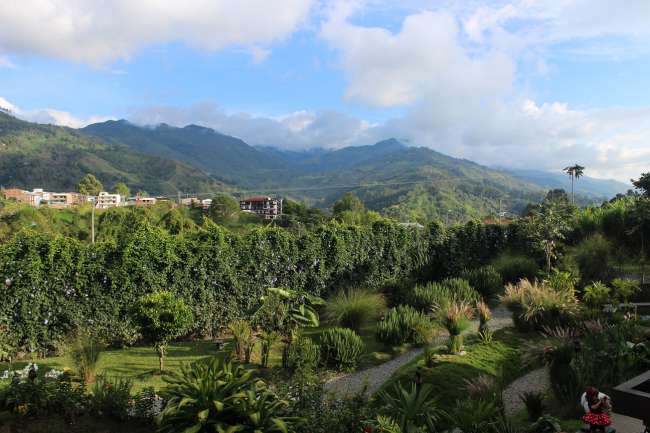
Отчети за пътуване Колумбия

